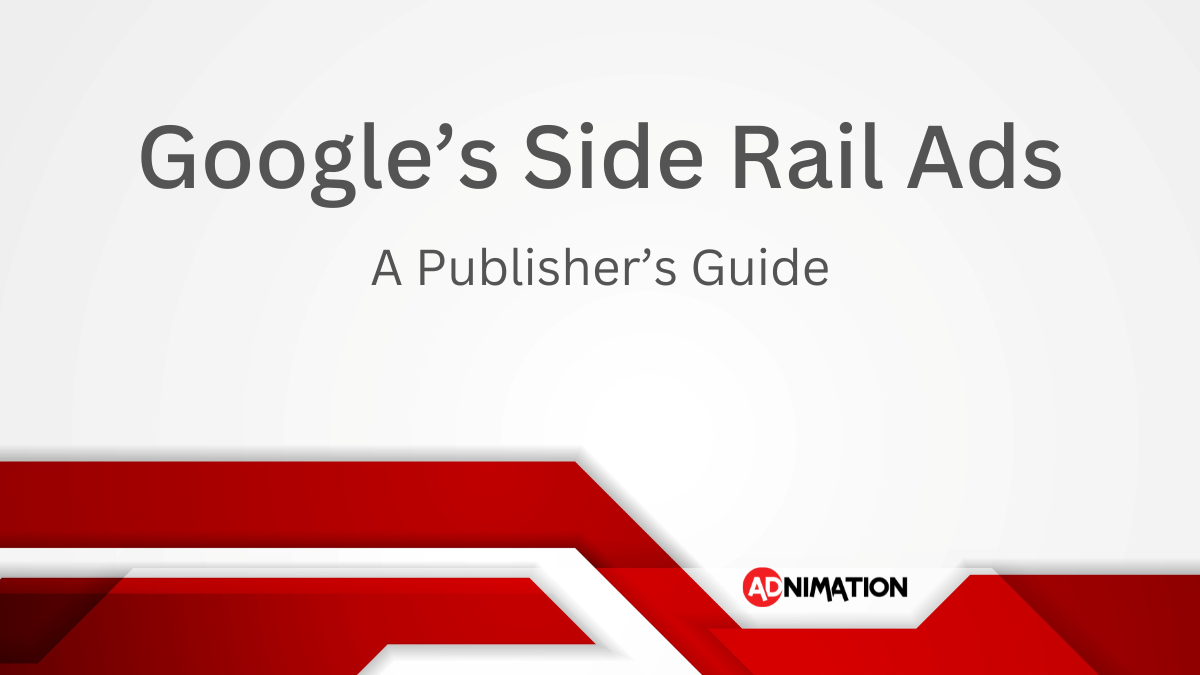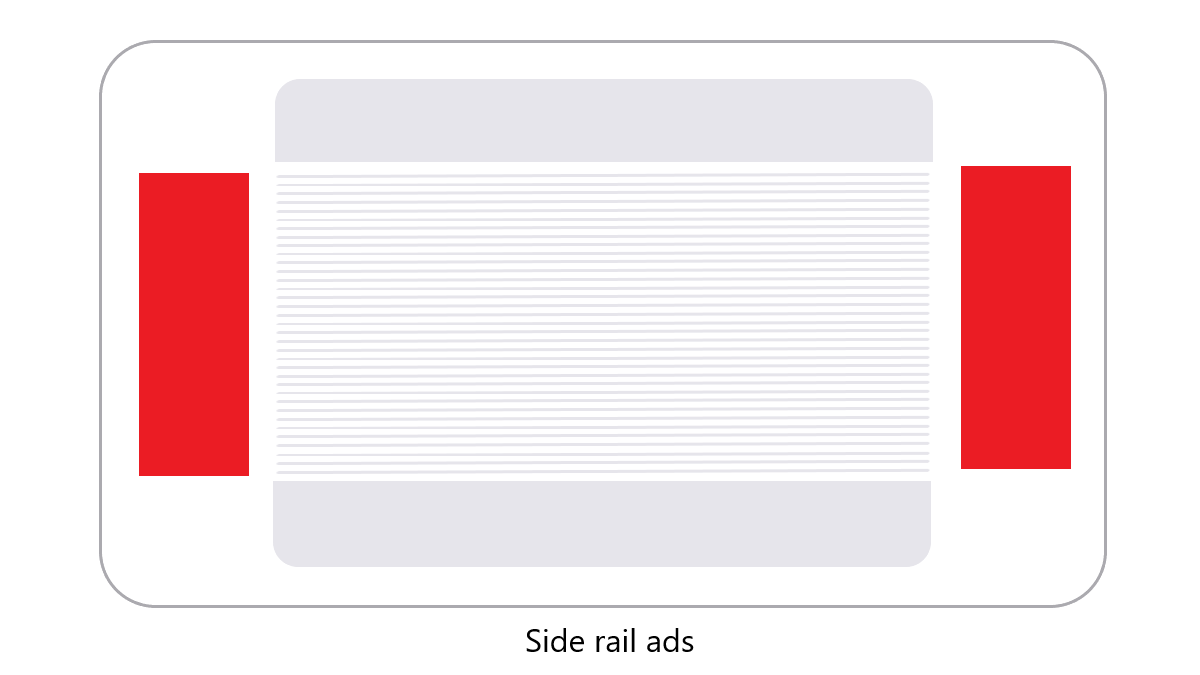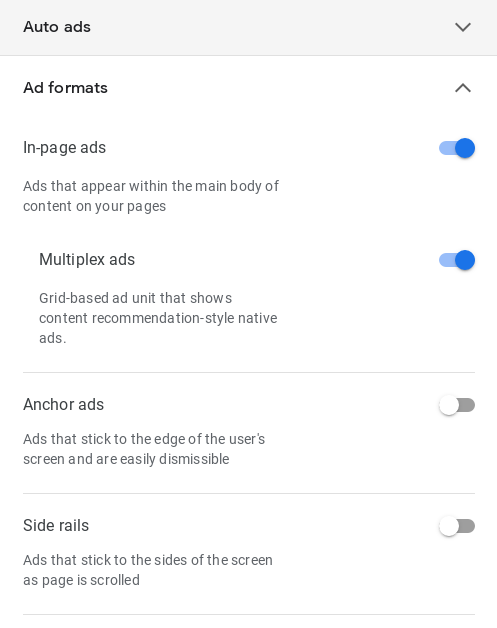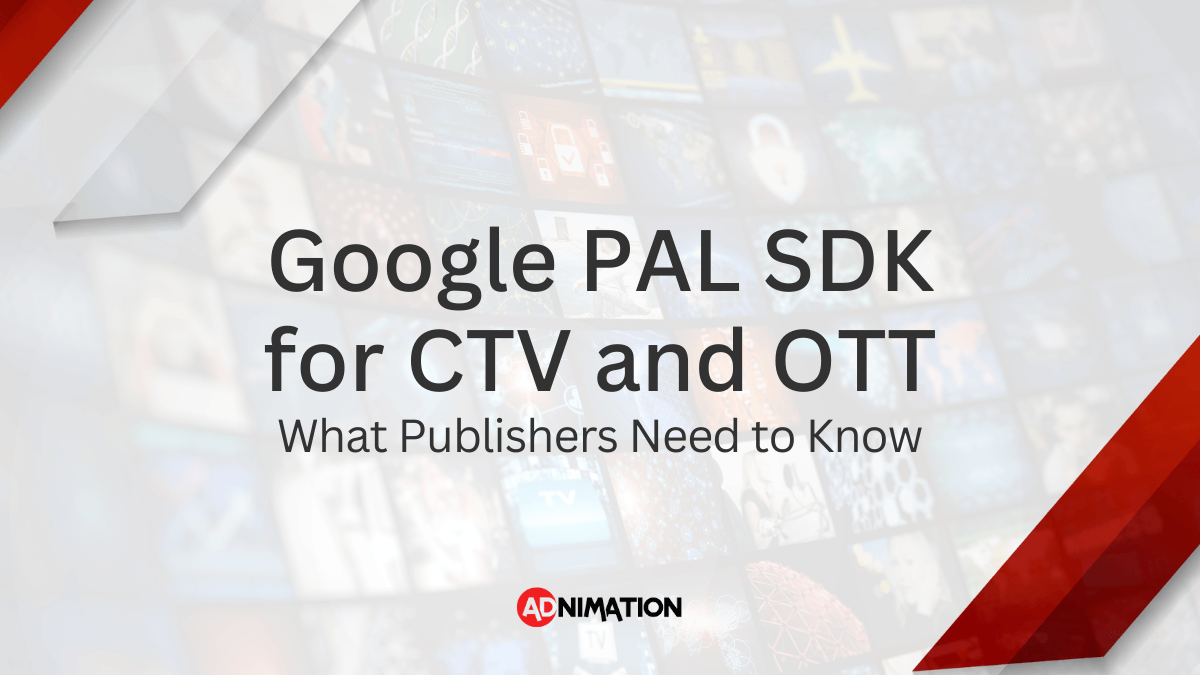Google recently announced the launch of ‘side rail ads,’ a new ad format for AdSense that sticks to the sides of pages as users scroll.
We know what you’re thinking: “There’s ANOTHER ad format? Is it only for AdSense? Where will it be served? How can it benefit me as a publisher?”
Don’t worry, we got you covered.
Here is all you need to know about Google’s new side rail ads, who can use them, and their advantages and disadvantages.
What Are Side Rail Ads?
Side rail ads are essentially sticky ads that appear on the sides of the pages as opposed to the bottom or top of the pages.
Like sticky ads, side rail ads stick to the screen as a user scrolls.
However, unlike sticky ads, side rail ads only appear on widescreen devices like desktops. And even then, they only appear if there is a wide enough margin on the sides of the page.
Are Side Rail Ads Only on AdSense?
Let’s first clarify that side rail ads aren’t actually new. Ad ops companies like Adnimation have been utilizing them for years, but they require custom development and coding.
What AdSense did was incorporate the side rail technology into its Auto ads functionality, enabling AdSense publishers to easily enjoy the benefits of the ads without the hassle.
Google has not yet opened up side rail ads on AdX, its premium exchange. Publishers interested in implementing these ad formats therefore need to develop them or use a professional ad ops company.
How to Enable/Disable Side Rail Ads on AdSense
According to Google’s announcement, “If you already have anchor ads turned on, side rails will automatically start to appear on your site after December 13, 2022.”
If you prefer not to show side rails, you can turn off the option in your “Auto ads” settings.
Source: Google
Benefits for Publishers
Because side rail ads take up ample room on the page and stick to the page as users scroll, their viewability rates are very high.
When ad viewability is high, it means that users have a larger chance to be exposed to and interact with an advertisement. Advertisers spend more on ad units with higher viewability rates because this increased exposure increases the probability of success for their campaigns.
Therefore, publishers can subsequently generate more ad revenue.
Additionally, publishers using AdX can also utilize side rails for direct campaigns and can charge higher prices for these placements.
Drawbacks for Publishers
Justifiably, one of the largest concerns of publishers is how ads affect user experience.
Good user experience is vital to ensure that users remain and return to your site. Serving an excessive number of ads will likely boost your ad revenue in the short term, but it will inevitably cause users to leave your site.
Given their high viewability, side rail ads impact the site layout to some degree. However, this doesn’t mean that they will harm UX.
The advantage of side rails is that they don’t cover up any content because they are on the side of the page. In addition, side rails only appear on wide screens and won’t appear on mobile devices or narrow screens.
This gives side rails an edge over other ad formats like sticky ads that cover up some content.
That being said, the choice of whether or not to use side rails is a personal choice that every publisher must make. Much of the decision should depend on the current site layout. For some publishers, side rails aren’t a viable option given their site layout.
If you’re unsure, it always helps to consult with a professional.
Bottom Line
Google’s new side rail ads give AdSense publishers the ability to show high visibility ads with the click of a button.
While there is no built-in side rail option on AdX, publishers connected to AdX can use side rails through development or professional help.
The primary advantage of side rails is the potential revenue boost, while the main disadvantage is the potential effect on UX. But the decision of whether or not to use them is not clear cut; every case is different, and every publisher needs to make their own decision.
Interested in learning more about side rails and seeing if they are right for you? Get in touch with our monetization experts for a free consultation.






